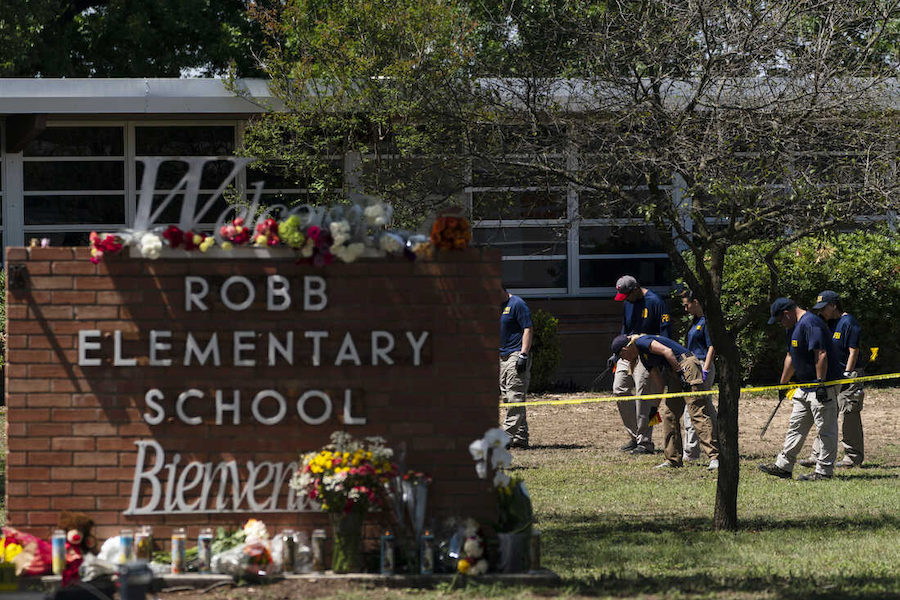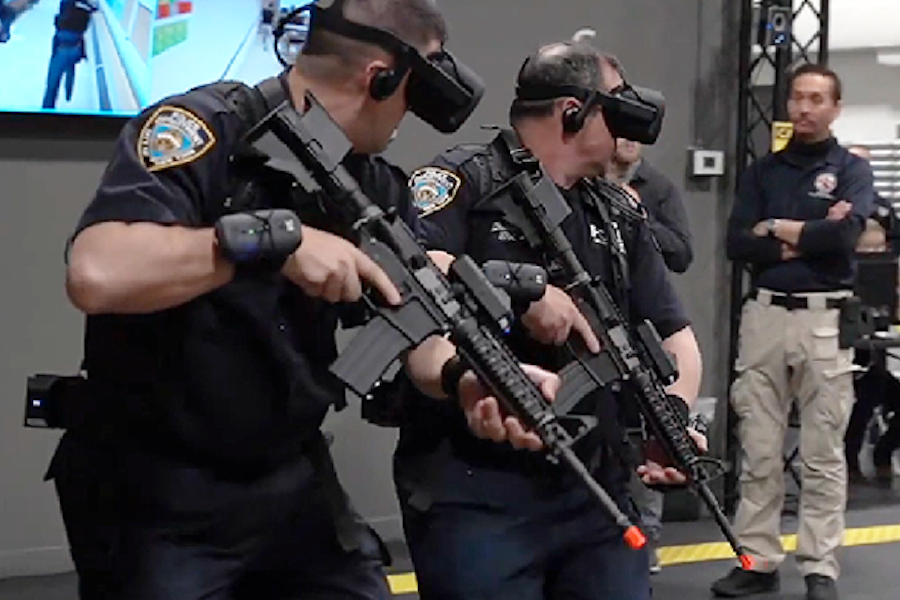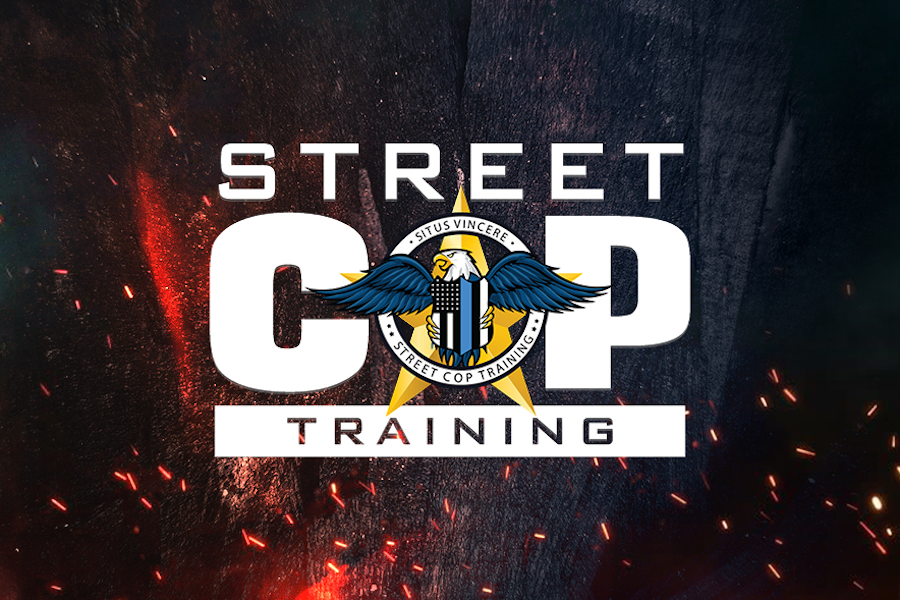Why I Became a Cop
I’ve always wanted to join the military since I can remember. I grew up watching all the Vietnam war movies and was fascinated with military service and playing soldier. However, when I was 18, I had been dealing with a bad skin condition (Hidradenitis Suppurativa) that messed me up pretty bad.
After High School, it got worse, and for about 4-5 years, I had to stop going to college. My whole life was put on hold for those years because I could barely walk, sleep, sit down or do anything physically that wasn’t exacerbated by the open wounds I had everywhere (underarms, face, ass, cheek, and groin). Frankly, I couldn’t do shit but watch as the rest of the people I knew went on with their lives, and I just withered away like some rotting piece of meat.
God must’ve had different plans for me because, around 2017, after about five surgeries and my HS going into almost remission, I started showing a glimmer of improvement in my quality of life. My mind was still set on wanting to join the military, but I was still far from that realization since my HS was still not completely gone. Finally, after so many years, I was able to work out again, which gave me back my sanity, drive, and hopes of fulfilling my dream to join the service.
Come 2018, while still going to community college, I applied for a union job to do trade skills for the conventions here in Vegas. I told myself that I would continue to go to school and do this new job while I waited for my HS to go away forever, somehow wholly, so I could join the military and do what I wanted.
While training for this new job, I found myself unsatisfied and bored to all Hell! I kept feeling that I shouldn’t be here and needed to be doing something else. Finally, I got this union job was an excellent job with incredible benefits and retirement. However, I knew I wasn’t meant for this and had a calling for something much more, something bigger than myself. At the time, I thought that something in my mind was 100% the military, but my path went in a different direction.
During my union apprenticeship, I met this “dude” who kept boasting about how he was in the background process for one of the local police departments. Not to be rude, but “This dude” was obese and could barely move to save his life. This had my gears spinning, and I thought, “If this fat dude is trying to be a cop, what the hell am I doing with myself right now.” I thought, “I’m no extreme athlete or anything, but I’m not that guy.”
That same day I had self-talk with myself and decided to apply because I realized that being a cop would be way better and more satisfying than what I was doing.
That day marked the moment in my life that I will never forget because I made the best decision. I went on to pass backgrounds, the academy, and then field training. Since then, I’ve been working regular patrol on graveyards and having a blast.
To this day, even though I was set on joining the military, being a cop for me was the next best thing. It has given me purpose, goals, and a profession to be excited and proud of. With not being able to join the military, I wouldn’t want to be doing anything else.
This job has been everything and more because I thrive on being in an operational environment where my decisions matter which could affect the lives of my partners, civilians, and myself.
But let’s be honest, being a cop is fantastic, and I get paid to do extraordinary things in my mind. So I take it seriously and practice to be proficient in shooting, tactics, law, and jiu-jitsu because jiu-jitsu is life. Lol.
Sometimes we don’t know what life has in store for us, but we make the best of it.










